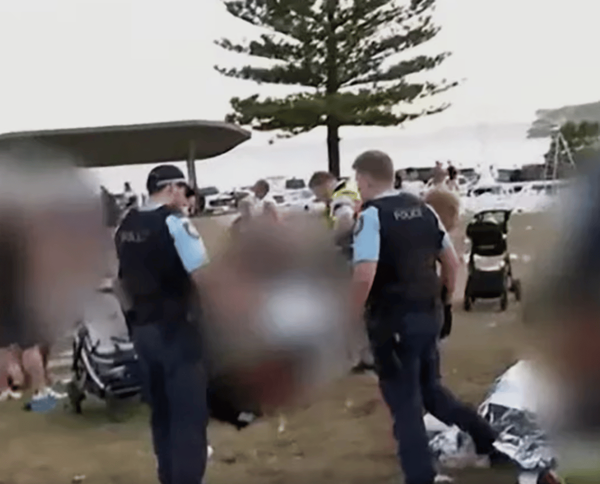
The apparent increase in the use of fire, petrol “dousing” or related threats by perpetrators of domestic and family violence requires greater attention from researchers and authorities, one of Australia’s leading legal experts on domestic violence says.
Domestic violence support services in Queensland have previously expressed concern that the volume of domestic cases involving fire had increased since reporting on the killing of Hannah Clarke and her children, in early 2020.
In Queensland there have been several recent high-profile incidents involving fire, including the deaths of Kelly Wilkinson, Doreen Langham and a recent fatal house fire at Ayr in north Queensland.
Prof Heather Douglas, from the University of Melbourne’s law school, reviewed cases since 2010 involving 49 people convicted of an offence involving arson, causing burning-related injury, or making a burning-related threat in the context of domestic and family violence (DFV).
Douglas’s research indicated links between the use of fire or burning threats, and domestic and family violence generally.
“Fire and the threat of its use is potentially a very dangerous and effective form of control in an abusive relationship, and an effective way to demonstrate continued control through destruction of the person’s wellbeing for leaving it,” she said in the research paper.
“Fire is difficult to control, and its users might see themselves as somehow less responsible for its outcomes.
“Linked to this point is the fact that the use of fire as a form of DFV is potentially explained away and hidden as an accident in hospital records and emergency service call outs and thus, its connections with DFV may be more easily obscured than other forms of DFV.”
Douglas detailed cases where fire was used as a form of post-separation control. Previous research established that some abusive men “change the project” from one focused on keeping control of a relationship, to an approach of “destroying her for leaving it”.
“The highly destructive nature of fire was emphasised in several cases; once lit it is hard to contain and control and can spread quickly,” Douglas said.
In one case related to an incident in Queensland in 2018, a judge said that an offender’s motive for setting a house fire was “to create enormous damage, if not complete destruction of your marital home … in burning your marital home, you acted in a vindictive way to hurt your wife.”
Douglas said that given burn injuries were reported as being “one of the most traumatic injuries experienced”, it was not surprising that fire may be used effectively by abusive partners in maintaining power and control in an abusive relationship.
The study called for more research into the links between fire, related threats and family violence. Douglas also said fire services should be included in community responses to DFV.
“Despite being reported as increasingly common, the links between fire (both burning and threats) and DFV were not considered in Victoria’s royal commission into family violence,” the paper said.
“Queensland’s Women’s Safety and Justice Taskforce only briefly mentioned the issue, noting that ‘several women and children have been notoriously killed in fires deliberately lit by perpetrators’ and noted the need for care around media reporting to avoid copycat events.
“To understand the prevalence and context of DFV-related fire, burning and threats of burning in Australia and to better understand how potential victims are kept safe, more systematic research is needed.”







